The Genius is a staple in SCOTT’s portfolio, and it comes in a multitude of models. In fact, the Swiss company have managed to create a total of fifteen bikes coming in three wheel sizes. We compared the SCOTT Genius 900 Tuned againt the Genius 700 Tuned Plus to find out which bike is designed for which rider?
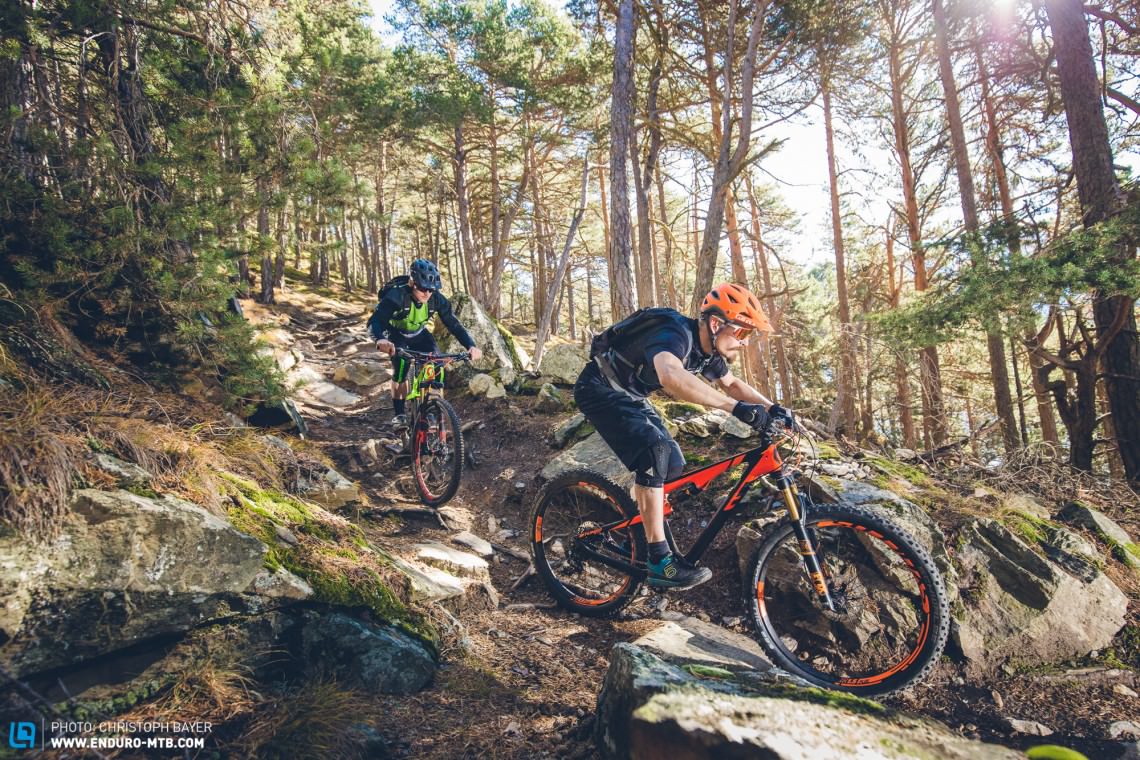
The Scott Genius 900 Tuned and the Scott Genius 700 Tuned Plus are – at first glance – pretty similar. Let’s face it, they’ve got the same name, similar specs, the same travel, and they both flaunt a pretty bold colourway and price tag. However, out on the trails the similarities between the two bikes come to a glaring halt.
The Visual Comparison
Green and red are the distinctive colours that strike you about the 11.57 kg Scott Genius 900 Tuned. As the name suggests, it’s a 29er (featuring carbon Syncros wheels). The Scott Genius 700 Tuned Plus weighs 1.3 kg more, but retails for 500€ less. Interestingly, the differences in weight and price largely stem from the wheels; the Plus model rolls on 2.8”-wide Schwalbe Nobby Nic 27.5+ tyres mounted onto 40 mm Syncros aluminium rims.
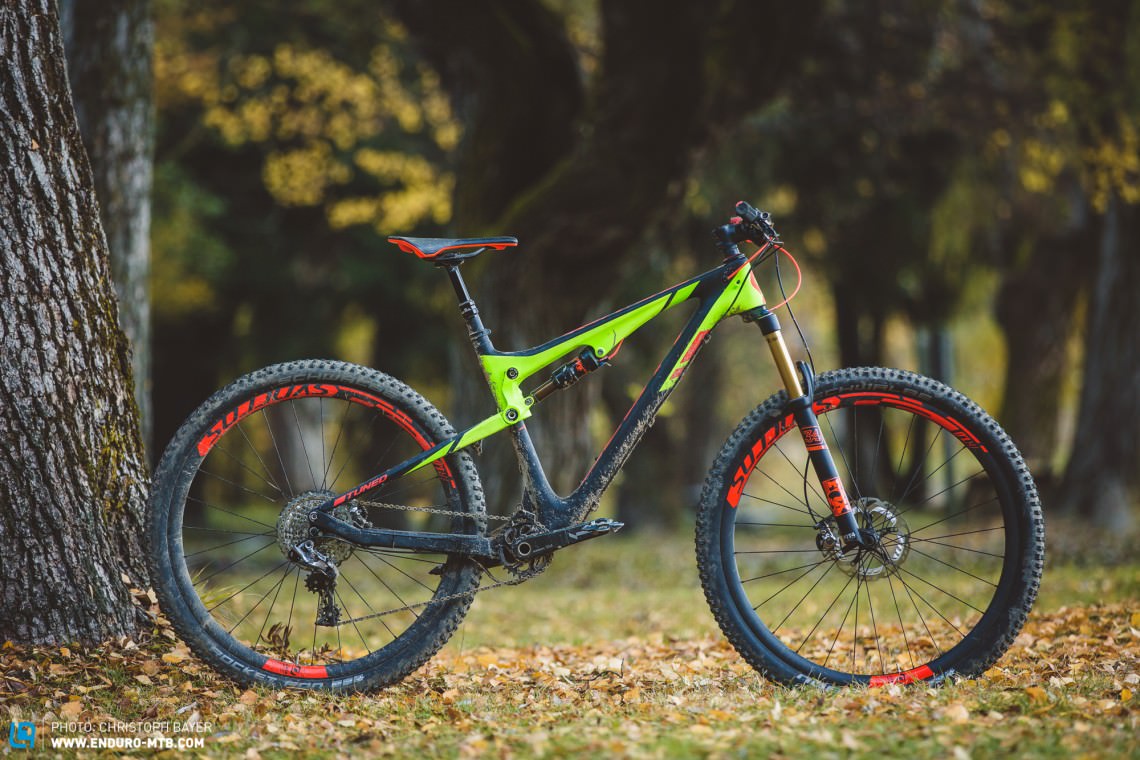
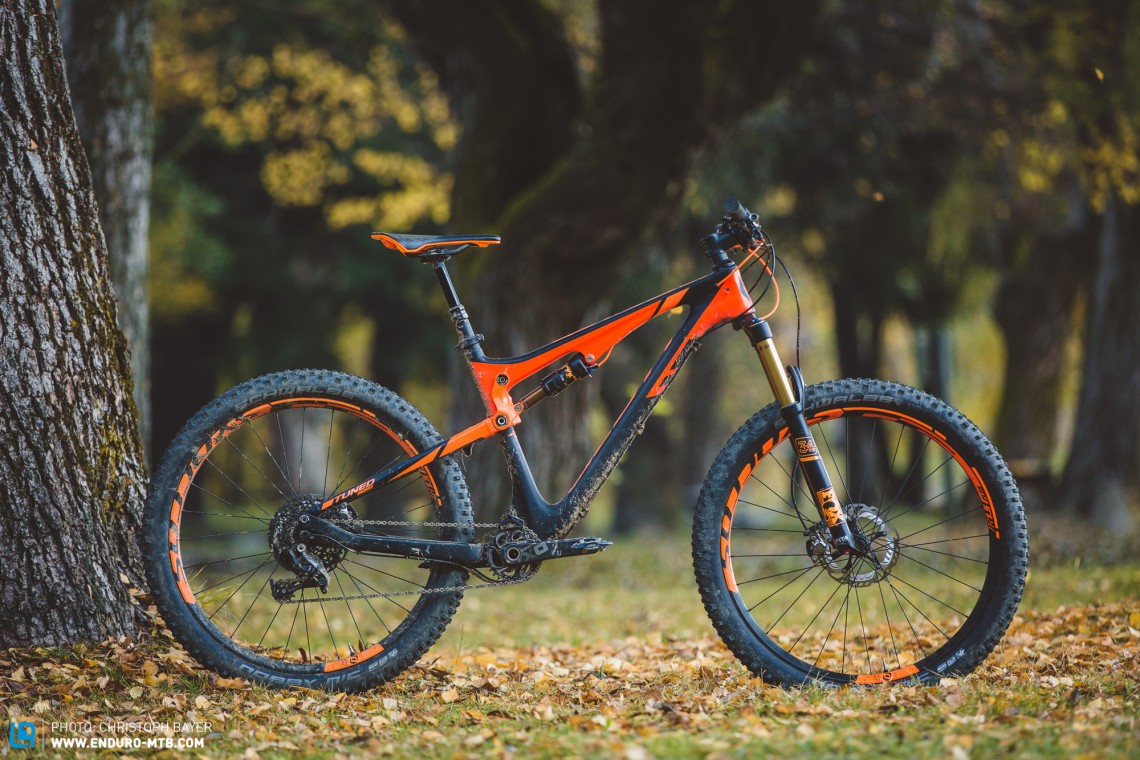
Before we get down to the nitty-gritty details, let’s look at what unites them first: both bikes feature a SRAM 1×11 drivetrain, FOX suspension that you can lock out from the TwinLoc lever on the bars, a Syncros cockpit, and Shimano XTR brakes (which didn’t perform particularly well during our testing on any of the bikes, as their wandering bite point resulted in some hairy situations). That’s where the similarities end; as soon as you pit the two bikes against each other, it’s obvious just how diverse their concepts are, despite having the same travel.
Handling of the SCOTT Genius
Unlike the stretched-out position of the 29er, the Plus bike had a more confidence-inspiring feel. Upon getting on the Genius 700 Plus, you immediately find yourself in a relaxed riding position, willingly pedaling on the uphills. However, it’s a different beast altogether with the 900 Tuned and it only knows one position: attack. Every bit of effort you put in is translated to speed on the trail – particularly on climbs. Its rigid frame and narrow tyres make it snappy to handle, and you get a lot of feedback from the ground. It feels akin to a short-travel XC bike, which is in stark contrast to the 700 Plus. While the 700 Plus is an efficient climber, it can’t rival the speed of the 900. On climbs, the massive traction from the 700 Plus devours the ground long after the 900’s low-profiled rear tyre gave up on trying to maintain grip. As the gradient gets steeper it’s the gear ratio (if not your own fitness) that’s the weakest link rather than the tyres.
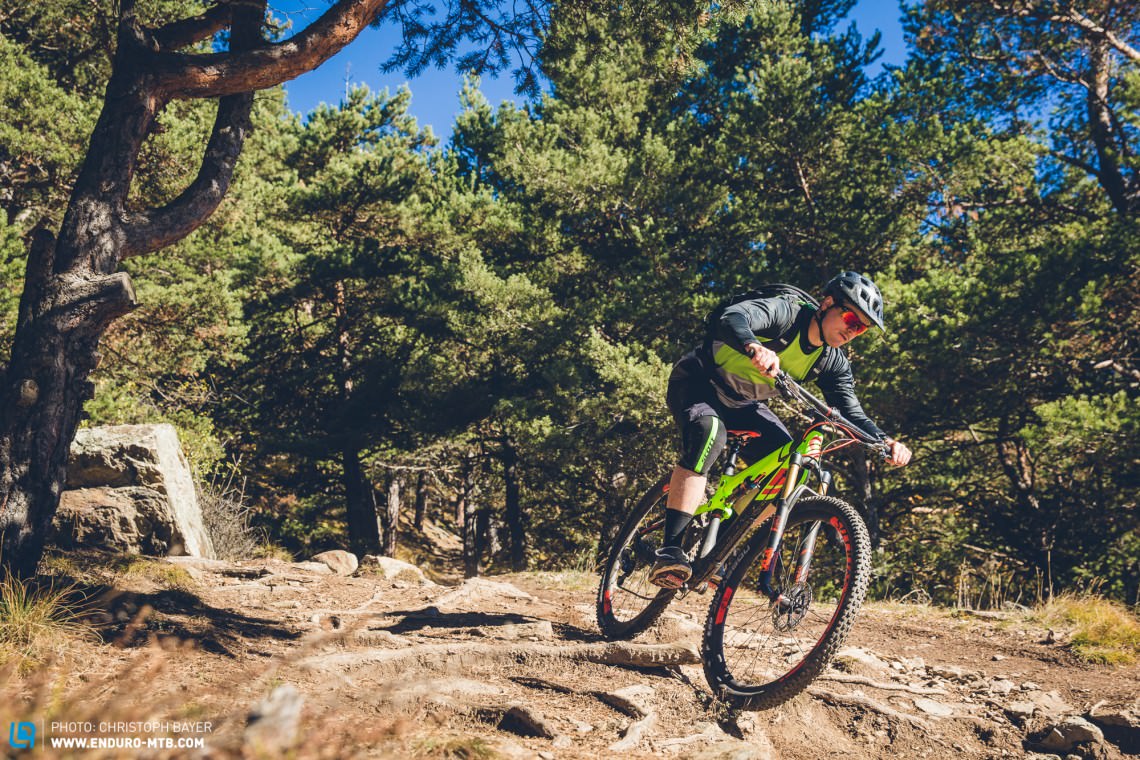

On downhills, it’s another story entirely. Not only do the tyres massively differ in grip, but the Plus bike’s 1.5° slacker head angle (67.5° as opposed to the 29er’s 69°) means more stability, smoothness, and control. It’s almost as if you’re on a mini downhill bike as it irons the trail flat, keeping glued to the ground – but you have to accept the slightly sluggish handling of the chubby tyres as a result. This couldn’t be more different from the Genius 900, which rides directly, gives a ton of feedback, and passes on a lot of the big hits straight to the rider. Obviously, the 900 needs a firm hand and clean riding style on technical, rocky sections – the nominal 140 mm of travel feels like far less.
The Bikes in Detail
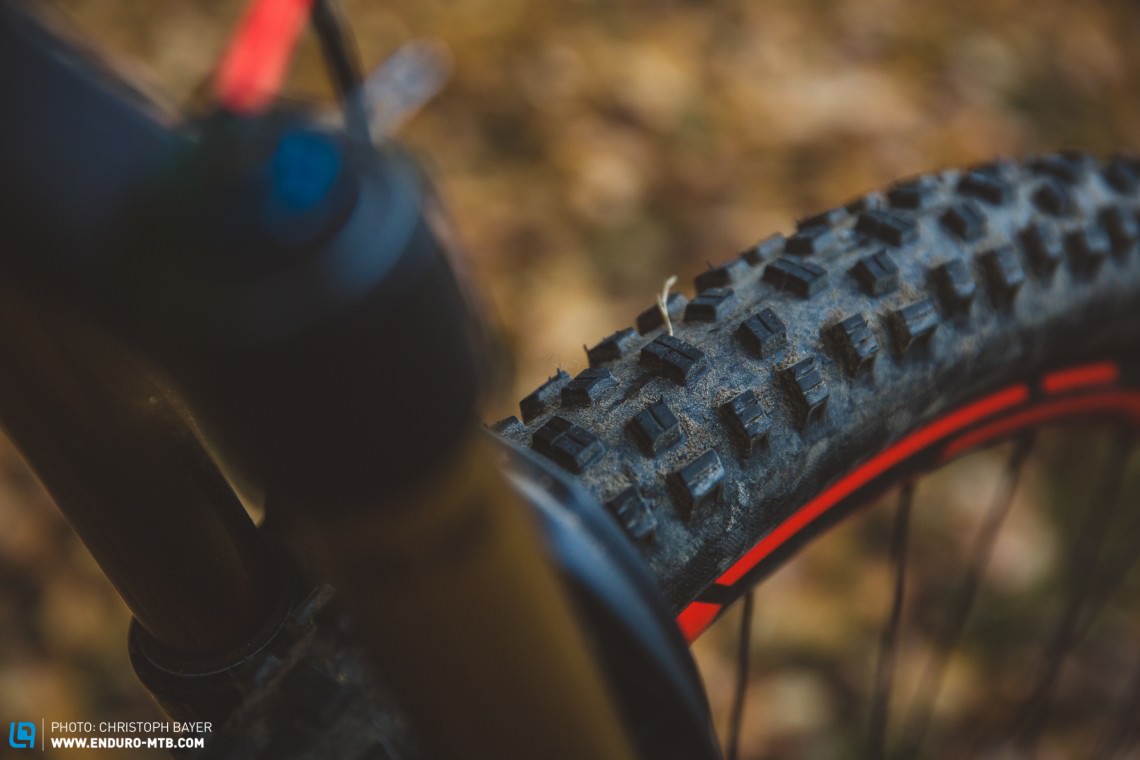
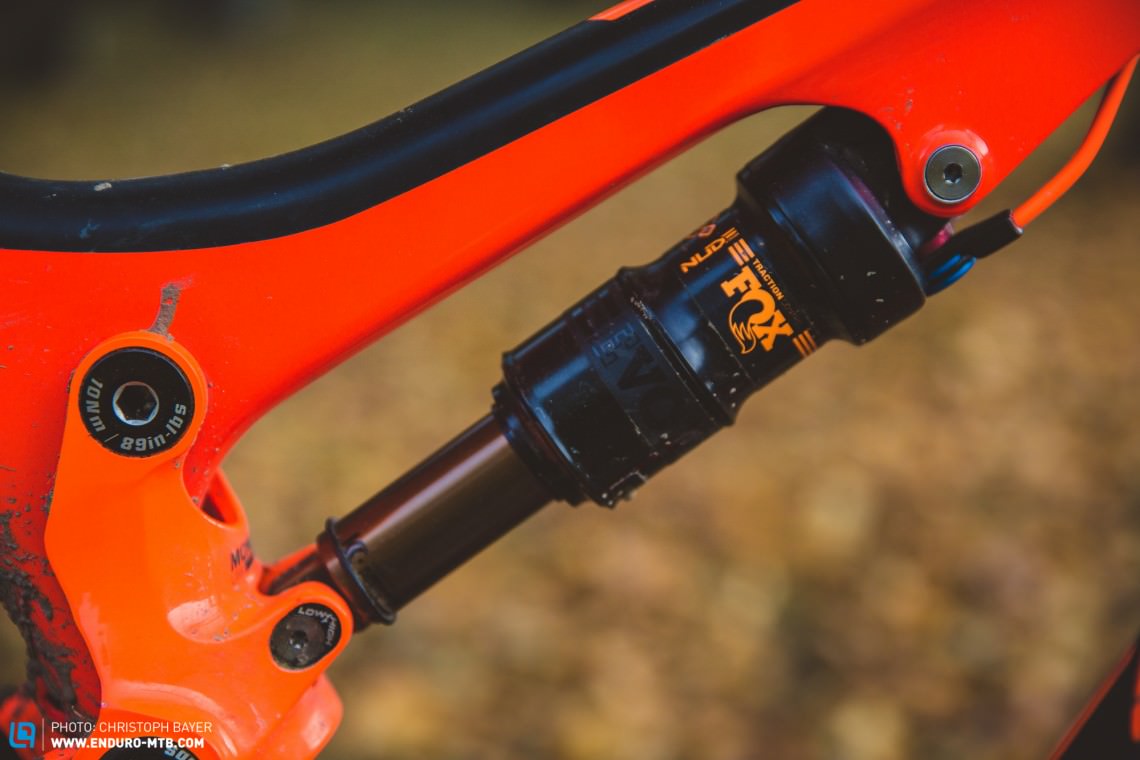
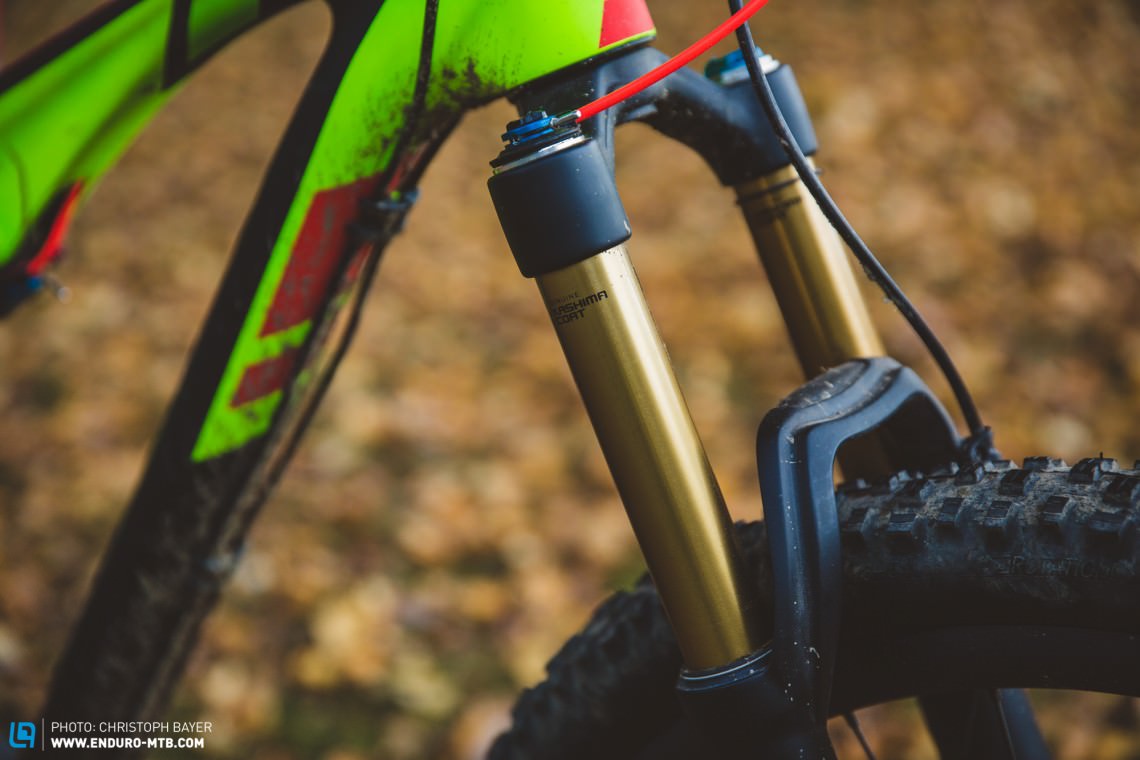
Which Bike is for who?
SCOTT Genius 900 Tuned
Genius 900 Tuned: Riders interested in going out on long, fairly fast rides on more mellow trails, perhaps with a eye to doing a marathon one day.
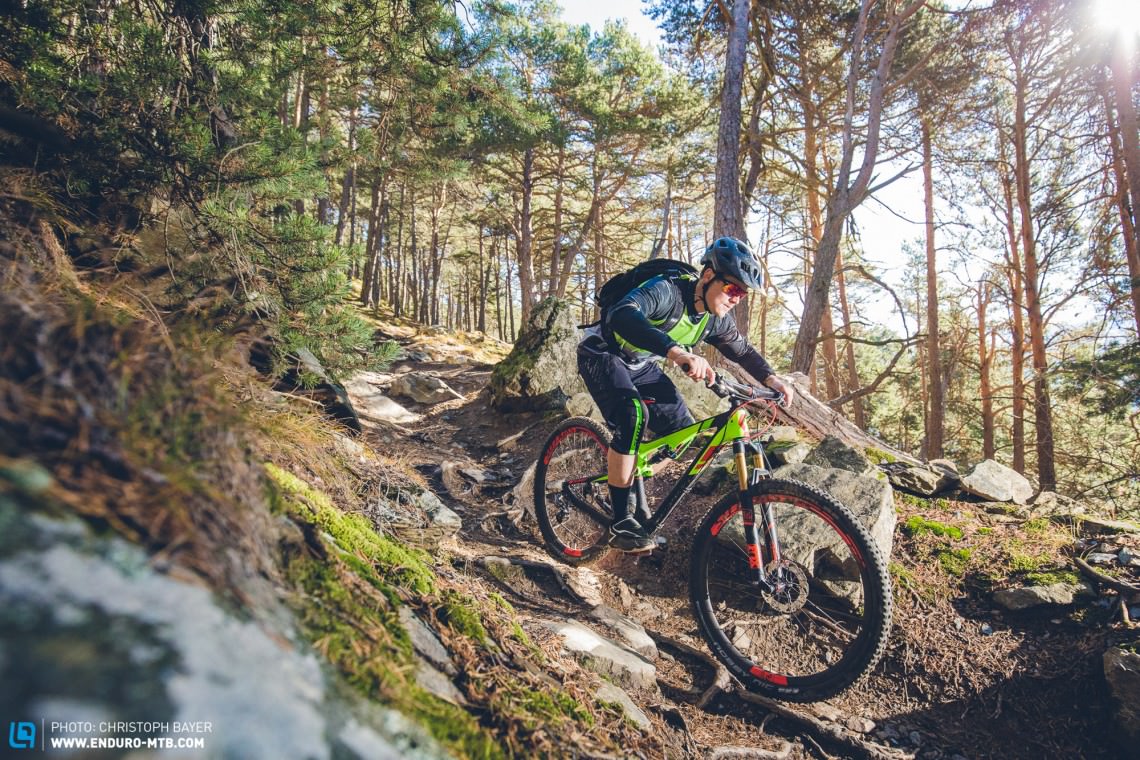
SCOTT Genius 700 Tuned Plus
Genius 700 Tuned Plus: Trail riders who like a sense of stability on their ride, but that’s probably because they love to take on the aggressive terrain.

Conclusion
Same name, same travel, yet the differences between the two SCOTT Genius bikes couldn’t be bigger. While the 29er will appeal to performance-orientated trail riders, the Plus bike should lure in all those with a focus on descending.
For more information visit the Scott website
[/emaillocker]This article is part of our group test: The Duel of the Tyre Sizes: 27.5+ vs. 27.5″ and 29er Bikes
Don’t miss the other bikes from the test:
Specialized Stumpjumper FSR Expert 650b vs. 6Fattie in Comparison
STEVENS Whaka ES 27.5” vs. 29” vs. 27.5+ in Comparison
Words & Photos:: Christoph Bayer
Did you enjoy this article? If so, we would be stoked if you decide to support us with a monthly contribution. By becoming a supporter of ENDURO, you will help secure a sustainable future for high-quality mountain bike journalism. Click here to learn more.









